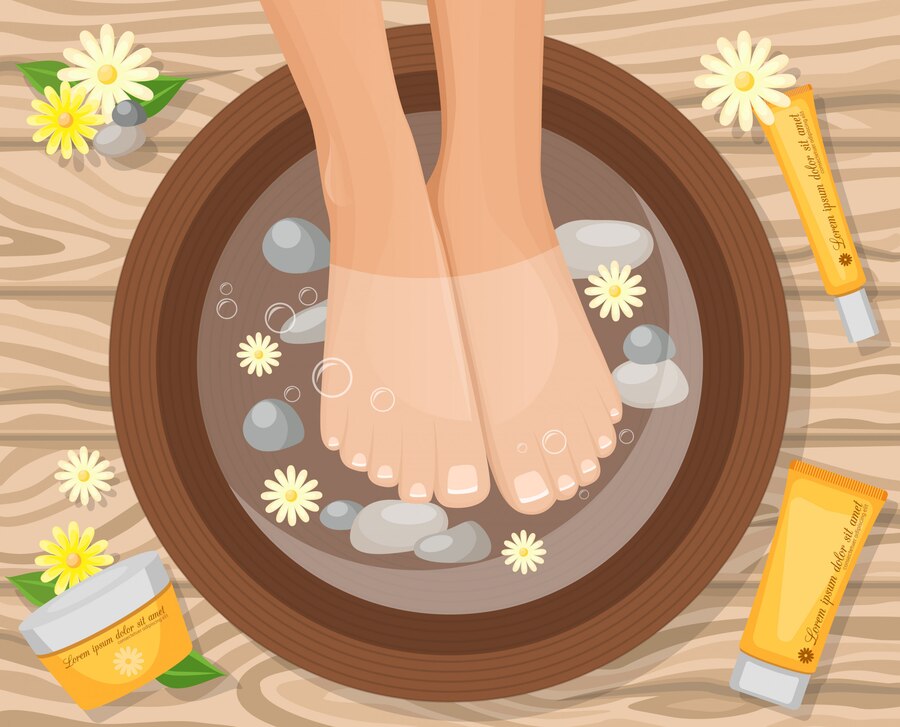Reflexology, an ancient practice rooted in traditional Chinese medicine, offers a holistic approach to pain management by stimulating specific points on the feet, hands, and ears. By understanding how reflexology works and its potential benefits, individuals can consider it as a viable option for managing pain and enhancing overall well-being.
Understanding Reflexology
-
Definition and Concept:
-
Reflexology is based on the principle that specific points on the feet, hands, and ears correspond to different organs and systems in the body. By applying pressure to these points, reflexologists aim to promote healing and alleviate pain in the corresponding areas.
-
How It Works:
-
Reflexologists use their hands, fingers, or specialized tools to apply pressure to reflex points. This pressure is believed to stimulate nerve endings, improve blood circulation, and encourage the flow of energy (Qi) throughout the body, leading to pain relief and improved health.
Techniques Used in Reflexology
-
Foot Reflexology:
-
Foot reflexology is the most common form, where pressure is applied to specific areas of the feet. Each part of the foot corresponds to different body parts, and stimulating these areas can help relieve pain and improve function in the corresponding regions.
-
Hand Reflexology:
-
Similar to foot reflexology, hand reflexology involves applying pressure to points on the hands. It is often used when foot reflexology is not feasible and can be particularly effective for pain in the upper body, such as headaches and neck pain.
-
Ear Reflexology:
-
Ear reflexology, also known as auriculotherapy, involves stimulating points on the outer ear. This technique is used to address various health issues, including pain, by targeting the nerve-rich area of the ear.
Benefits of Reflexology for Pain Management
-
Non-Invasive and Drug-Free:
-
Reflexology is a non-invasive therapy that does not involve medication. This makes it an attractive option for individuals seeking natural pain relief without the side effects associated with drugs.
-
Stress Reduction and Relaxation:
-
Reflexology promotes relaxation by reducing stress and tension. The calming effect of the therapy can help lower stress levels, which often exacerbate pain conditions, leading to overall pain reduction.
-
Improved Circulation:
-
By stimulating reflex points, reflexology can enhance blood flow and improve circulation. Better circulation helps deliver oxygen and nutrients to tissues more efficiently, promoting healing and reducing pain.
-
Enhanced Nerve Function:
-
Reflexology is believed to stimulate nerve function and enhance the communication between the nervous system and other parts of the body. Improved nerve function can help alleviate pain and improve overall health.
-
Support for Chronic Conditions:
-
Reflexology can be particularly beneficial for managing chronic pain conditions such as arthritis, migraines, and fibromyalgia. Regular sessions can help reduce the frequency and intensity of pain episodes.
Potential Applications of Reflexology
-
Back Pain:
-
Reflexology can help alleviate back pain by targeting reflex points on the feet and hands that correspond to the spine and lower back.
-
Headaches and Migraines:
-
Applying pressure to specific points on the feet and hands can help relieve headaches and migraines by reducing tension and improving blood flow.
-
Arthritis:
-
Reflexology can be beneficial for individuals with arthritis by reducing inflammation and improving joint mobility through enhanced circulation and nerve function.
-
Digestive Issues:
-
Reflexology can help manage digestive pain by stimulating reflex points that correspond to the digestive system, promoting better digestion and reducing discomfort.
-
Post-Surgical Pain:
-
Reflexology can aid in post-surgical pain management by promoting relaxation, reducing stress, and improving circulation to the affected areas, speeding up the healing process.
How to Incorporate Reflexology into Pain Management
-
Finding a Qualified Reflexologist:
-
It is essential to work with a trained and certified reflexologist to ensure the therapy is performed correctly and effectively. Look for practitioners who are accredited by recognized reflexology associations.
-
Regular Sessions:
-
Regular reflexology sessions can provide the most benefit for pain management. Discuss with your reflexologist the frequency and duration of sessions that would be most effective for your specific condition.
-
Self-Help Techniques:
-
In addition to professional sessions, individuals can learn basic reflexology techniques to perform on themselves at home. Simple hand and foot reflexology techniques can help manage pain between professional sessions.
Reflexology offers a holistic and natural approach to managing pain, providing numerous benefits without the risks associated with invasive treatments and medications. By incorporating reflexology into a comprehensive pain management plan, individuals can experience improved pain relief, enhanced relaxation, and better overall health.




